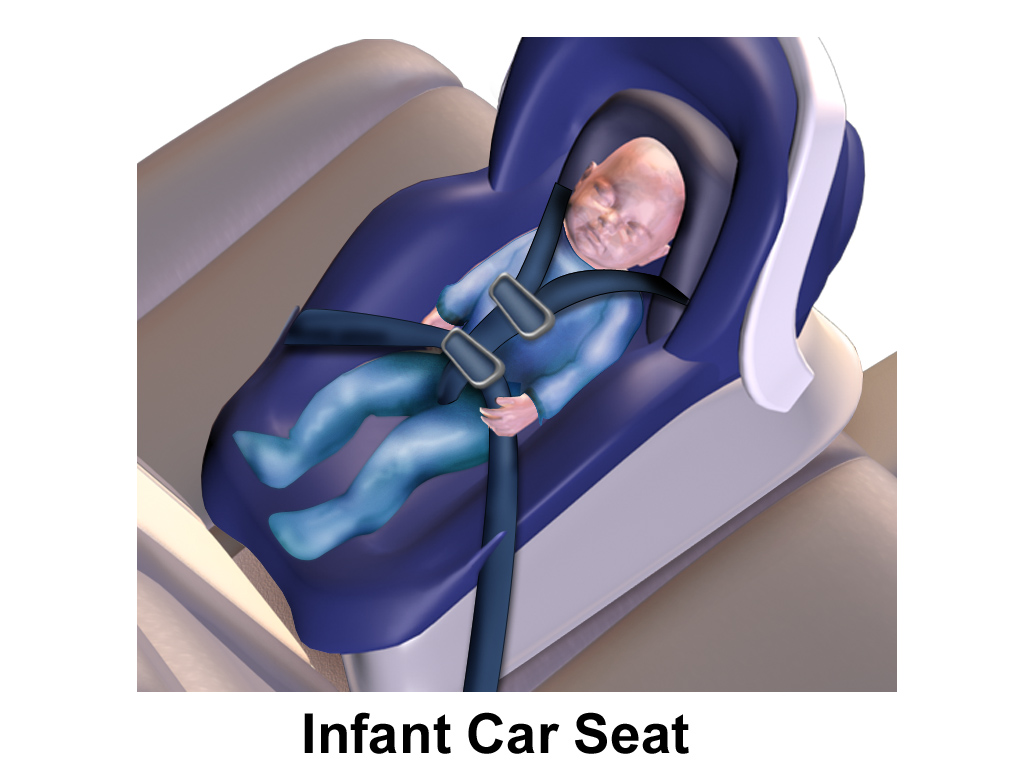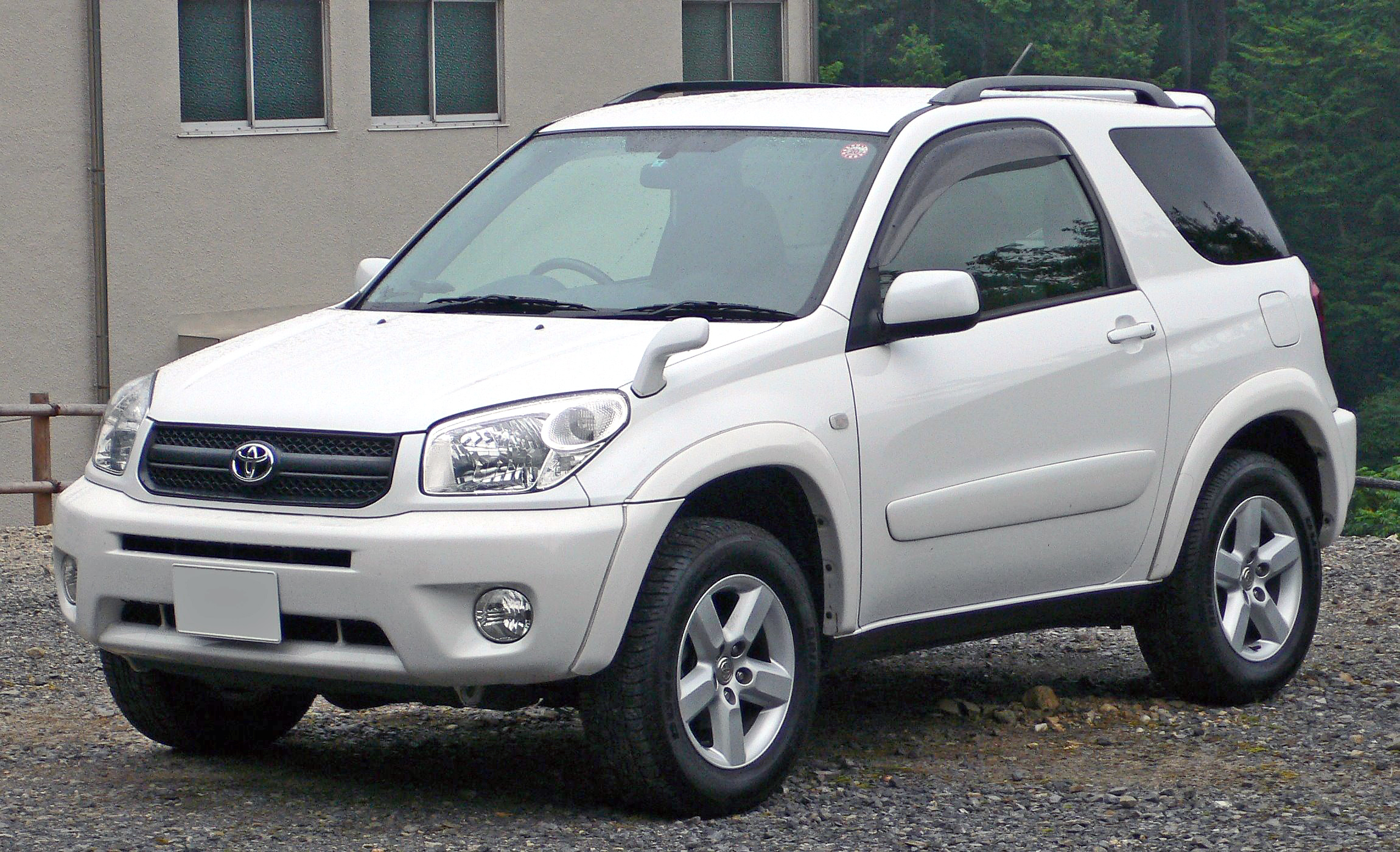|
Renault Triber
The Renault Triber is a mini MPV with three-row seating produced by the French car manufacturer Renault through its Indian subsidiary Renault India. It was introduced in India on 19 June 2019 and went on sale in August 2019. Development Developed under the body code "RBC", the Triber is built on top of the CMF-A platform like the Kwid. Despite that, the car is built with over 90% dedicated parts not shared with other Renault and Nissan vehicles since it is a larger and wider car in the CMF-A family. Laurens van den Acker, Corporate Design of Groupe Renault said the interior of the car is a "miracle" and refers to it as "a bit of a Leonardo da Vinci" as it offers three-row seating in a sub-four metre length. This was achieved by making the bonnet and engine bay as short as possible, making it not possible to fit a diesel engine or any larger petrol engine to the car. The car's width is spanning at to maximize cabin space, especially in the second row where three people had t ... [...More Info...] [...Related Items...] OR: [Wikipedia] [Google] [Baidu] |
Renault
Groupe Renault ( , , , also known as the Renault Group in English; legally Renault S.A.) is a French multinational automobile manufacturer established in 1899. The company produces a range of cars and vans, and in the past has manufactured trucks, tractors, tanks, buses/coaches, aircraft and aircraft engines, and autorail vehicles. According to the Organisation Internationale des Constructeurs d'Automobiles, in 2016 Renault was the ninth biggest automaker in the world by production volume. By 2017, the Renault–Nissan–Mitsubishi Alliance had become the world's biggest seller of light vehicles. Headquartered in Boulogne-Billancourt, near Paris, the Renault group is made up of the namesake Renault marque and subsidiaries, Alpine, Renault Sport (Gordini), Automobile Dacia from Romania, and Renault Samsung Motors from South Korea. Renault has a 43.4% stake with several votes in Nissan of Japan, and used to have a 1.55% stake in Daimler AG of Germany, it was sold off in ... [...More Info...] [...Related Items...] OR: [Wikipedia] [Google] [Baidu] |
Leonardo Da Vinci
Leonardo di ser Piero da Vinci (15 April 14522 May 1519) was an Italian polymath of the High Renaissance who was active as a painter, Drawing, draughtsman, engineer, scientist, theorist, sculptor, and architect. While his fame initially rested on his achievements as a painter, he also became known for #Journals and notes, his notebooks, in which he made drawings and notes on a variety of subjects, including anatomy, astronomy, botany, cartography, painting, and paleontology. Leonardo is widely regarded to have been a genius who epitomized the Renaissance humanism, Renaissance humanist ideal, and his List of works by Leonardo da Vinci, collective works comprise a contribution to later generations of artists matched only by that of his younger contemporary, Michelangelo. Born Legitimacy (family law), out of wedlock to a successful Civil law notary, notary and a lower-class woman in, or near, Vinci, Tuscany, Vinci, he was educated in Florence by the Italian painter and sculptor ... [...More Info...] [...Related Items...] OR: [Wikipedia] [Google] [Baidu] |
Britax
Britax () is a British manufacturer of childcare products including car seats, pushchairs and high chairs. History The company began making automotive safety equipment and accessories in 1938, as well as importing car and motorcycle accessories. During the 1970s, Britax began making childcare safety products, primarily child safety seats and strollers. Excelsior Motor Company Excelsior Motor Company, a former motorcycle company, bought Britax Group for £880,000 in March 1963. It diversified into aircraft interiors and seating, car mirrors and car seating. Its main competitor in the 1960s was Irvin Air Chute, which had been Britain's main manufacturer and designer of parachutes. In 1960, the BSI introduced a kite-mark BS 3254 for car seats, and Britax was one of the first to comply to the standard. In 1960, one of their seatbelts saved Donald Campbell when he crashed at 400 mph. Its belts were made from Terylene (now known as PET) made by ICI. Also in 1960 it bought ... [...More Info...] [...Related Items...] OR: [Wikipedia] [Google] [Baidu] |
Child Safety Seat
A child safety seat, sometimes called an infant safety seat, child restraint system, child seat, baby seat, car seat, or a booster seat, is a seat designed specifically to protect children from injury or death during vehicle collisions. Most commonly these seats are purchased and installed by car owners, but car manufacturers may integrate them directly into their vehicle's design and generally are required to provide anchors and ensure seat belt compatibility. Many jurisdictions require children defined by age, weight, and/or height to use a government-approved child safety seat when riding in a vehicle. Child safety seats provide passive restraints and must be properly used to be effective. However, research indicates that many child safety restraints are often not installed or used properly. To tackle this negative trend, health officials and child safety experts produce child safety videos to teach proper car seat installation to parents and caregivers. In 1990, the ISO sta ... [...More Info...] [...Related Items...] OR: [Wikipedia] [Google] [Baidu] |
Latin NCAP
The Latin New Car Assessment Programme (Latin NCAP) is an automobile safety assessment programme for Latin America and the Caribbean. Founded in 2010, it offers independent information to consumers about the safety levels of new cars in the market. Latin NCAP tests are based in international renown methodologies, with vehicles awarded with a safety rating between 0 and 5 stars, indicating the protection the cars offer to adult and child occupants. The programme started as a joint initiative and in 2014 it was established as an association under a legal entity framework. Rating Latin NCAP started meeting and 2009 and its first frontal impact results were published in 2010. Ratings were assigned to adult (blue) and child (green) occupants on a scale of zero to five stars based on performance in a Euro NCAP 64 km/h frontal offset deformable barrier impact test. The results showed that many popular compacts showed high risk of life-threatening injury because of structural ... [...More Info...] [...Related Items...] OR: [Wikipedia] [Google] [Baidu] |
Global NCAP
The Global New Car Assessment Programme (Global NCAP) is a project of the Towards Zero Foundation, a UK-registered charity. The programme aims to promote the sale of safer cars in developing markets by empowering consumers with objective information about the safety of vehicles. Global NCAP supports the UN Sustainable Development Goals and the target to halve road deaths and injuries by 2030 (50 by 30), and the full implementation of the Global Plan for the UN's Decade (and Second Decade) of Action for Road Safety especially the recommended activities for vehicles. Programs Safer Cars for India In January 2014, Global NCAP released the first ever independent crash test results of five popular compact cars sold in the Indian market, starting their popular 'Safer Cars for India' project. The tests were based on 2013 Latin NCAP assessment protocol for adult occupant protection and 2010 Latin NCAP assessment protocol for child occupant protection. The results were shocking, wi ... [...More Info...] [...Related Items...] OR: [Wikipedia] [Google] [Baidu] |
Indonesia International Auto Show
The Gaikindo Indonesia International Auto Show (GIIAS) is the largest auto show in Indonesia. It was started in 1986 as the Gaikindo Car Exhibition, then continued as Indonesia International Motor Show. Since 2015, the GIIAS was spun off from the Indonesia International Motor Show and is held annually at Indonesia Convention Exhibition in Tangerang, and also as series in Surabaya, Medan and Makassar. History Established in 1986, the Gaikindo Car Exhibition, hosted by Gaikindo was Indonesia’s largest automotive exhibition. In 2006, the exhibition reached a new platform by becoming an international-scale exhibition endorsed by Organisation Internationale des Constructeurs d'Automobiles (OICA) and changed its name to Indonesia International Motor Show. Early history In 1986, the first automotive exhibition was hosted by GAIKINDO under the name of GAIKINDO Car Exhibition, and 13 GAIKINDO members took part. In 1989, the exhibition changed its name to Jakarta Auto Expo. In 1994, a ... [...More Info...] [...Related Items...] OR: [Wikipedia] [Google] [Baidu] |
Inline-three Engine
A straight-three engine (also called an inline-triple or inline-three) is a three-cylinder piston engine where cylinders are arranged in a line along a common crankshaft. Less common than straight-four engines, straight-three engines have nonetheless been used in various motorcycles, cars and agricultural machinery. Design A crankshaft angle of 120 degrees is typically used by straight-three engines, since this results in an evenly spaced firing interval. Another benefit of this configuration is perfect primary balance and secondary balance, however an end-to-end rocking couple is induced because there is no symmetry in the piston velocities about the middle piston. A balance shaft is sometimes used to reduce the vibrations caused by the rocking couple. Other crankshaft angles have been used occasionally. The 1976-1981 Laverda Jota motorcycle used a 180 degree crankshaft, where the outer pistons rise and fall together and inner cylinder is offset from them by 180 degrees. Th ... [...More Info...] [...Related Items...] OR: [Wikipedia] [Google] [Baidu] |
Nissan HR Engine
The HR is a family of straight-3 12-valve and straight-4 16-valve automobile engines with continuously variable valve timing, involving development by Nissan ( Aichi Kikai) and/or Renault, and also Daimler in the case of the H5Ht/M282. The designation of H engine is used by Renault, and M28x by Mercedes-Benz, to classify the family. There are three basic specifications of engine involving variations in engine architecture, or all-new architecture, with , and bore diameter. 78 mm series * No Daimler involvement * three and four-cylinder layouts, multi point fuel injection except HR12DDR and HR14DDe with direct fuel injection * most engines naturally aspirated with few exceptions being supercharged or turbocharged * introduced in 2002 on Nissan Cube Z11 HR10DE The HR10DE is a naturally aspirated straight-3 engine. Bore: ; Stroke ; 12v DOHC. It produces and . Flex-Fuel, gasoline (E22) or ethanol (E100). Compression ratio of 11.2:1. It is fitted to the following vehicl ... [...More Info...] [...Related Items...] OR: [Wikipedia] [Google] [Baidu] |
Crossover (automobile)
A crossover, crossover SUV, or crossover utility vehicle (CUV) is a type of automobile with an increased ride height that is built on unibody chassis construction shared with passenger cars, as opposed to traditional sport utility vehicles (SUV) which are built on a body-on-frame chassis construction similar to pickup trucks. A term that originated from North America, the term crossover was initially used for any vehicle that blends characteristics between two different kinds of vehicles while, over time, crossover mostly refers to unibody-based SUVs. Crossovers are also described as "car-like SUVs" or "car-based SUVs". The term SUV is often used as an umbrella term for both crossovers and traditional SUVs due to the similarities between them. Compared to traditional SUVs, crossovers are known to be less capable of use in off-road conditions or hauling heavy loads, while instead offering other advantages such as superior fuel economy and handling. Compared to traditional ... [...More Info...] [...Related Items...] OR: [Wikipedia] [Google] [Baidu] |
Overhang (vehicles)
Overhangs are the lengths of a road vehicle which extend beyond the wheelbase at the front and rear. They are normally described as front overhang and rear overhang. Practicality, style, and performance are affected by the size and weight of overhangs. Characterization Along with clearance, length of overhangs affects the approach and departure angles, which measure the vehicle's ability to overcome steep obstacles and rough terrain. The longer the front overhang, the smaller is the approach angle, and thus lesser the car's ability to climb or descend steep ramps without damaging the front bumpers. Typically, the rear overhang is larger on rear-wheel drive cars, while the front overhang is larger on front-wheel drive cars. Overhangs in the case of rolling stock are the lengths from the bogie pivots to the ends of the car, or in the case of two axles the distances outside of the wheelbase to the ends of the car. Journalist Paul Niedermeyer has proposed an ''overhang ratio'' ... [...More Info...] [...Related Items...] OR: [Wikipedia] [Google] [Baidu] |
Wheelbase
In both road and rail vehicles, the wheelbase is the horizontal distance between the centers of the front and rear wheels. For road vehicles with more than two axles (e.g. some trucks), the wheelbase is the distance between the steering (front) axle and the centerpoint of the driving axle group. In the case of a tri-axle truck, the wheelbase would be the distance between the steering axle and a point midway between the two rear axles. Vehicles The wheelbase of a vehicle equals the distance between its front and rear wheels. At equilibrium, the total torque of the forces acting on a vehicle is zero. Therefore, the wheelbase is related to the force on each pair of tires by the following formula: :F_f = mg :F_r = mg where F_f is the force on the front tires, F_r is the force on the rear tires, L is the wheelbase, d_r is the distance from the center of mass (CM) to the rear wheels, d_f is the distance from the center of mass to the front wheels (d_f + d_r = L), m is the mass ... [...More Info...] [...Related Items...] OR: [Wikipedia] [Google] [Baidu] |
.jpg)

.jpg)





